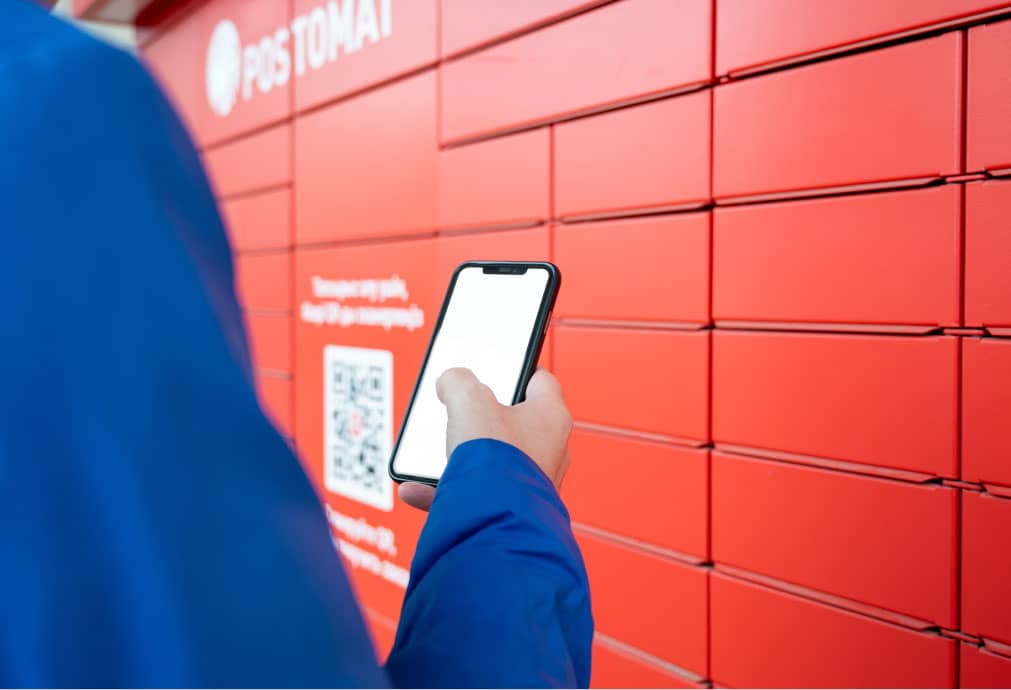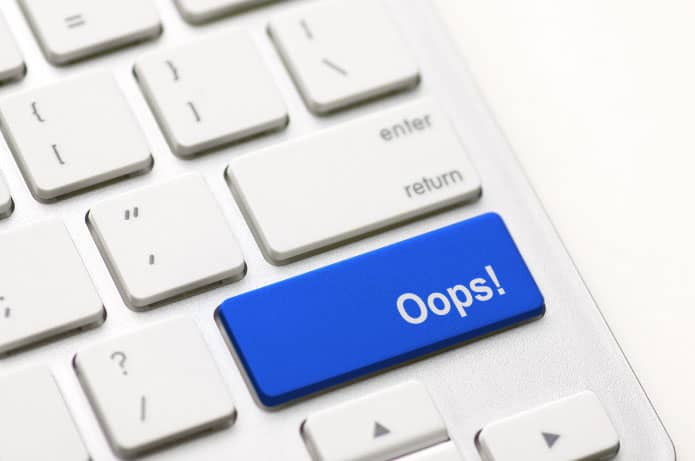A Click Remove, the largest network of smart lockers in Brazil, announces the launch ofClick One, oneconvenience serviceavailable in all condominiums that havelockers of the brand. Characterized as a subscription club capable of connecting users to various services directly within the building, such aslaundries, locksmiths and seamstresses, the application is also capable of optimizinge-commerce returns and reverse logistics actions, offering practicality, security and time savings.
Such practicality represents a significant differential for consumers and companies. According to a report by the National Retail Federation (NRF) and Appriss Retail released at the end of 2023, product returns totaled $743 billion in the same year, accounting for 14.5% of all retail sales in 2023. Additionally, a Narvar survey revealed that 39% of consumers return an online purchase at least once a month, with 60% also open to exchanges or store credits instead of full refunds if the process is quick and convenient.
In this context, Clique One emerges as a milestone in the evolution of condominium services by integrating technology, sustainability, and convenience into a single platform, creating a seamless and efficient experience. Technology not only simplifies residents' lives but also contributes to strengthening the position of condominiums as modern spaces aligned with the demands of the contemporary consumer. The app offers different subscription plans with discounts and exclusive benefits, aiming to ensure that users can choose the option that best suits their needs.
“Continuing Clique Retire’s commitment to convenience and practicality within condominiums, Clique One is born as a new solution to expand the services that can be accessed through smart lockers,” he says.Gustavo Artuzo, CEO of CliqueRetire. “By integrating convenience services, we want to create a reliable and easily accessible network of suppliers for residents, in addition to reinforcing the incidence of sustainability in our portfolio by optimizing reverse logistics and reducing carbon emissions associated with travel to access external services,” he adds.
The solution aims to meet users' administrative needs to increase the available free time in their daily lives. According to data collected by the company, Clique One effectively contributes to thereduction of up to 30% in time spent on daily tasks, such as sending clothes to the laundry or returning e-commerce products. Additionally, condominium residents can save financially with discounts on over 24,000 brands available exclusively on the app.
“To expand the reach and quality of the solutions we offer, we have strategic partnerships, such as Nestlé and Gaia Greentech, for reverse logistics, as well as services such as trusted laundries and shoe repair shops. With the specialized curation of our team, we aim not only to make everyday life easier and relieve the burden on users’ pockets, but also to gradually create a network of professionals and establishments with high added value”,complement Artuzo.“This network, in addition to benefiting residents, also strengthens the local economy by connecting small businesses and service providers to a qualified and engaged audience.”
Regarding sustainability and ESG principles, Clique Retire's initiative enhances the proper disposal of electronic waste and other materials through integrated reverse logistics in the app, reinforcing the company's commitment to a greener and more sustainable future. With the convenience of services associated with the condominium, it also contributes to the reduction of carbon emissions by eliminating the need for travel to access external services.
Finally, Clique One stands out for its ease of use. With an intuitive and user-friendly interface, the app allows users to manage all services with a few clicks, receiving real-time notifications about the status of their requests.
The Clique Retire platform is available for Android and iOS.











